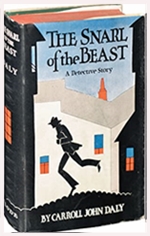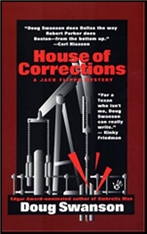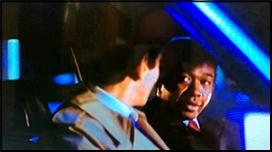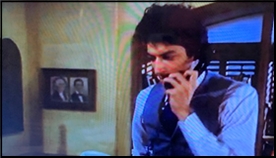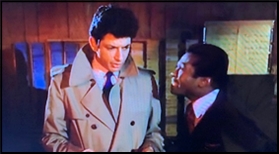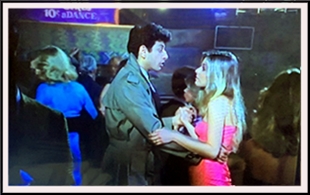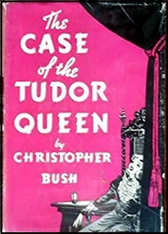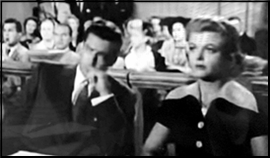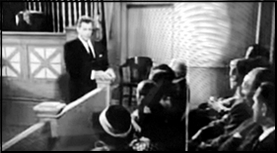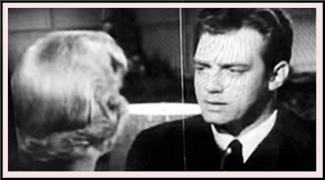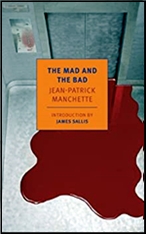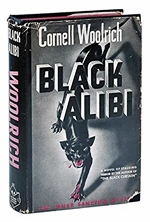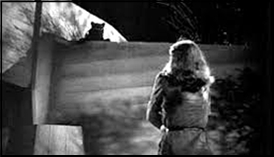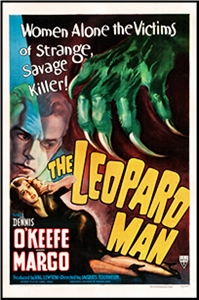Tue 29 Mar 2022
A Movie Review by Jonathan Lewis: THE FOREIGNER (2017).
Posted by Steve under Action Adventure movies , Reviews[2] Comments
THE FOREIGNER. STX Films, 2017. Jackie Chan, Pierce Brosnan, Michael McElhatton, Liu Tao, Charlie Murphy, Orla Brady, Katie Leung. Written by David Marconi, based on the 1992 novel The Chinaman by Stephen Leather. Directed by Martin Campbell. Currently streaming on Netflix.

The Foreigner may not come with instant name recognition, but that doesn’t mean that it’s not a well-crafted, solid thriller. Directed by Martin Campbell (Casino Royale), the movie benefits from the presence of two action stars: Pierce Brosnan, who Campbell directed as James Bond in GoldenEye (1995) and Hong Kong-turned-Hollywood martial arts star, Jackie Chan.
This, however, is not your comedy/action hybrid 1990s Jackie Chan movie. Gone is the humor and the goofy, charming persona that he imbued with ease into nearly every character he portrayed. Here, Chan plays against type as a broken, lonely, and vengeful father determined to avenge the death of his daughter. It’s striking how Chan all but disappears into his character. Moving with a sullen gait and with notable bags under his eyes, Chan’s character – a man who has lost everything and has nothing to lose – is mourning personified.
Chan portrays Ngoc Minh Quan, a London restaurant owner of Chinese-Vietnamese heritage. A dedicated father, Quan ends up witnessing his daughter die in a bombing perpetrated by a rogue IRA splinter group in London. From then on, his life will never be the same. Not only is his wife gone – she died giving birth to his daughter – but he is also suffering from the ongoing trauma of having lost two young daughters when fleeing the communist takeover of South Vietnam decades ago.
Quan sets his sights on Liam Hennessy, a Sinn Féin politician now serving as Deputy First Minister of Northern Ireland. The British have tasked Hennessy with finding out who the rogue IRA operatives in London were. Complicating matters is the fact that Hennessy has an IRA past, one that he swears is behind him. But is it? Quan, for one, certainly doesn’t think so.

As the movie progresses, the film reveals itself to be driven by two narrative thrusts. One deals with Quan’s single-handed quest for revenge. As it turns out, the beaten down Quan has more than one trick up his sleeve. As a young man in South Vietnam, he had Special Forces training and served with the US Army with distinction. Those skills, while perhaps a little rusty, prove to be very useful to Quan as he takes out many of Hennessy’s men. It’s great to see that Chan has still has many of his martial arts acting chops (pun intended), even though there are moments when he gets a little too John Rambo – think First Blood (1982) – for believability’s sake.
The other, more interesting, story line concerns Hennessy’s divided loyalties and vulnerability in the tinderbox of Belfast politics. Brosnan shines here as a former terrorist who has supposedly decided to break away from his violent past and advance his cause through the political system instead.
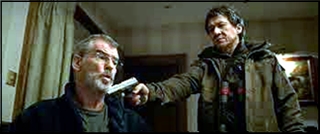
Trying to please both the British and the young radicals in Catholic nationalist circles proves a heady job, one that seems to have strained his marriage beyond repair. Like any good movie about Northern Irish politics, there are betrayals and plots, schemes and broken dreams. In The Foreigner, it’s Chan’s character who enters this insular world and lights the matches that end up burning it all to the ground.
Both entertaining and captivating, The Foreigner is one of the better thrillers that I’ve watched recently. It’s nothing I would go out of my way to watch a second time, but it kept me interested enough. One final thought: for whatever reason, I don’t remember any songs from the movie. There is a soundtrack, however and it blends seamlessly with the downbeat, claustrophobic atmosphere of the film.
